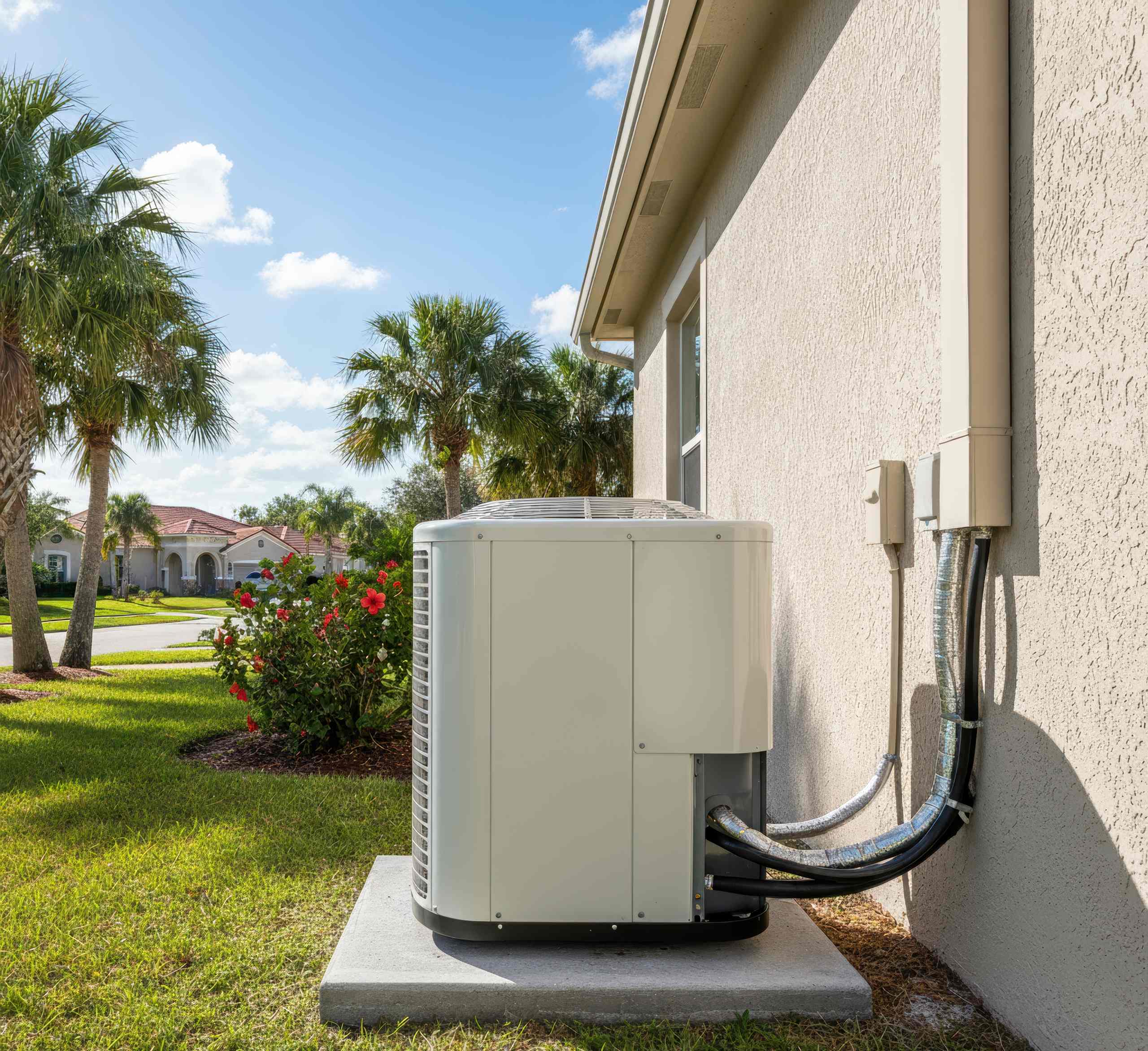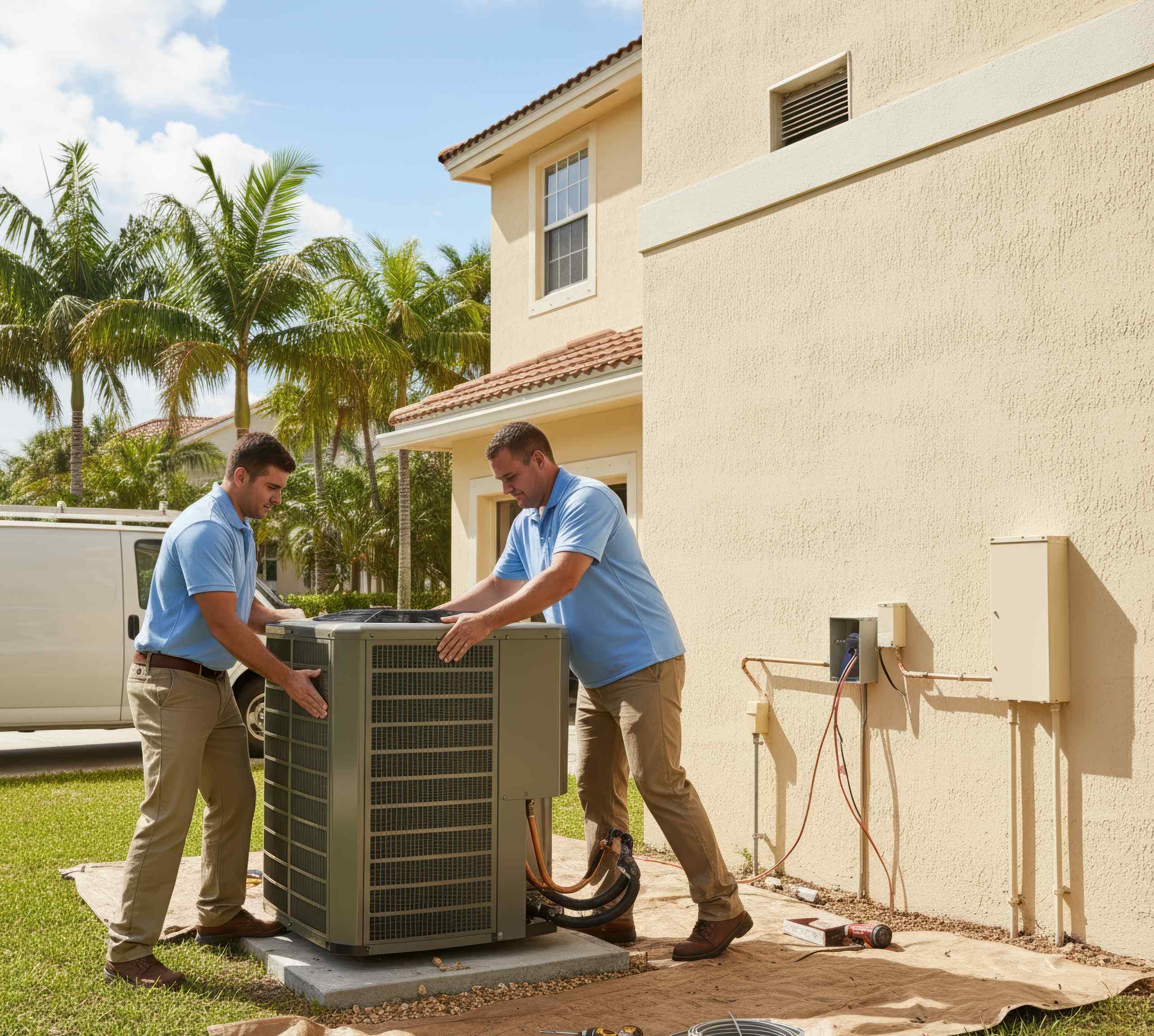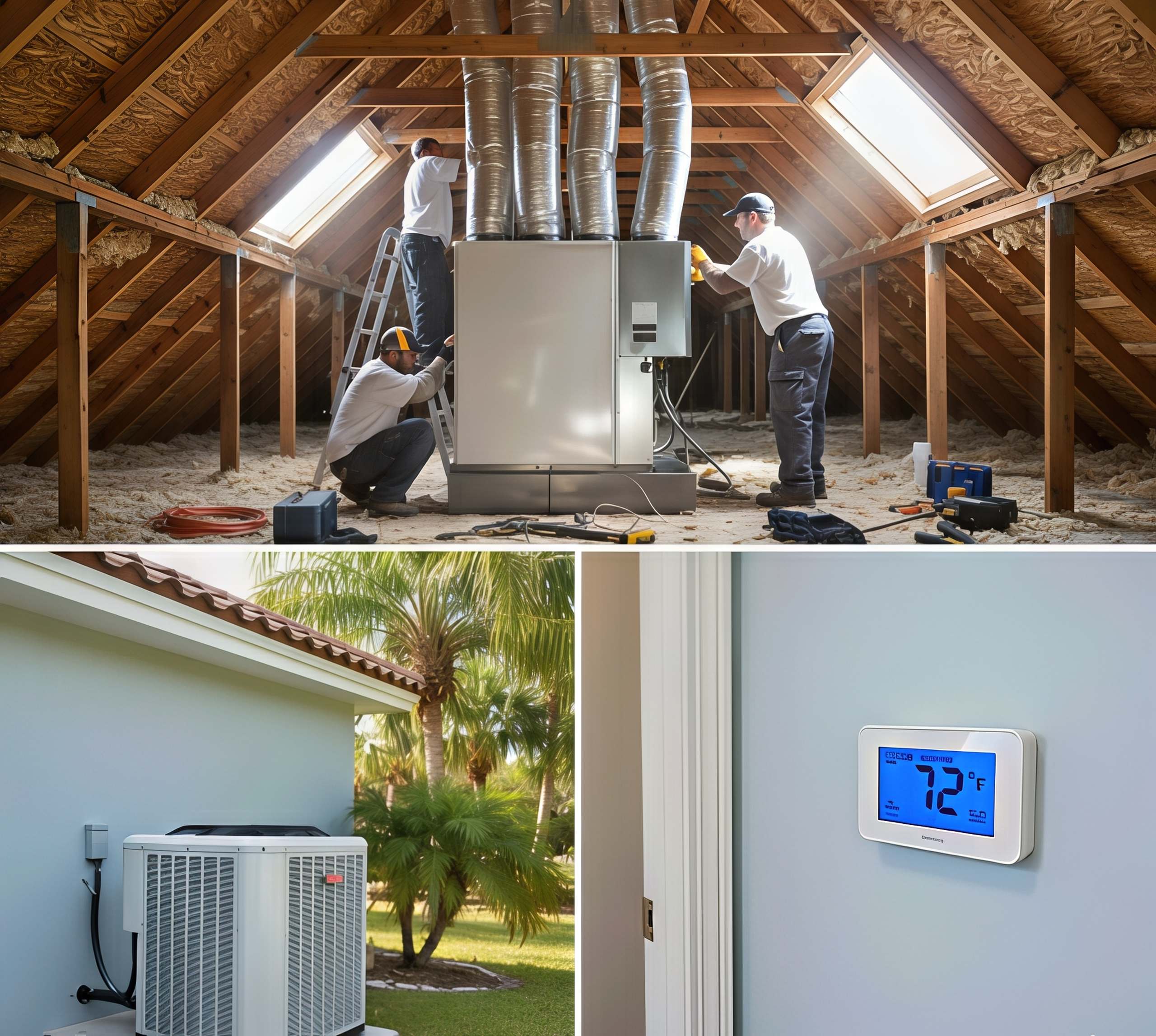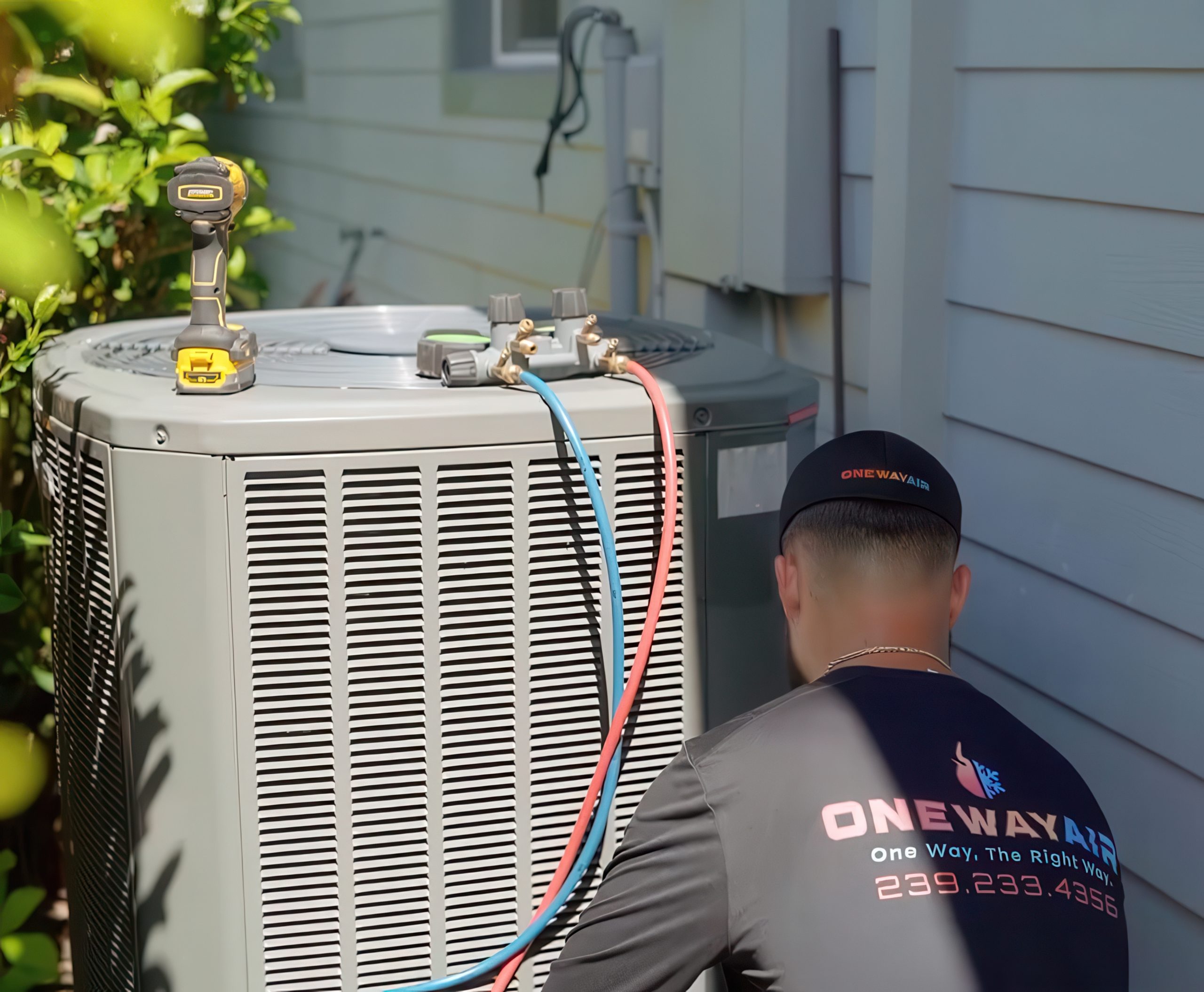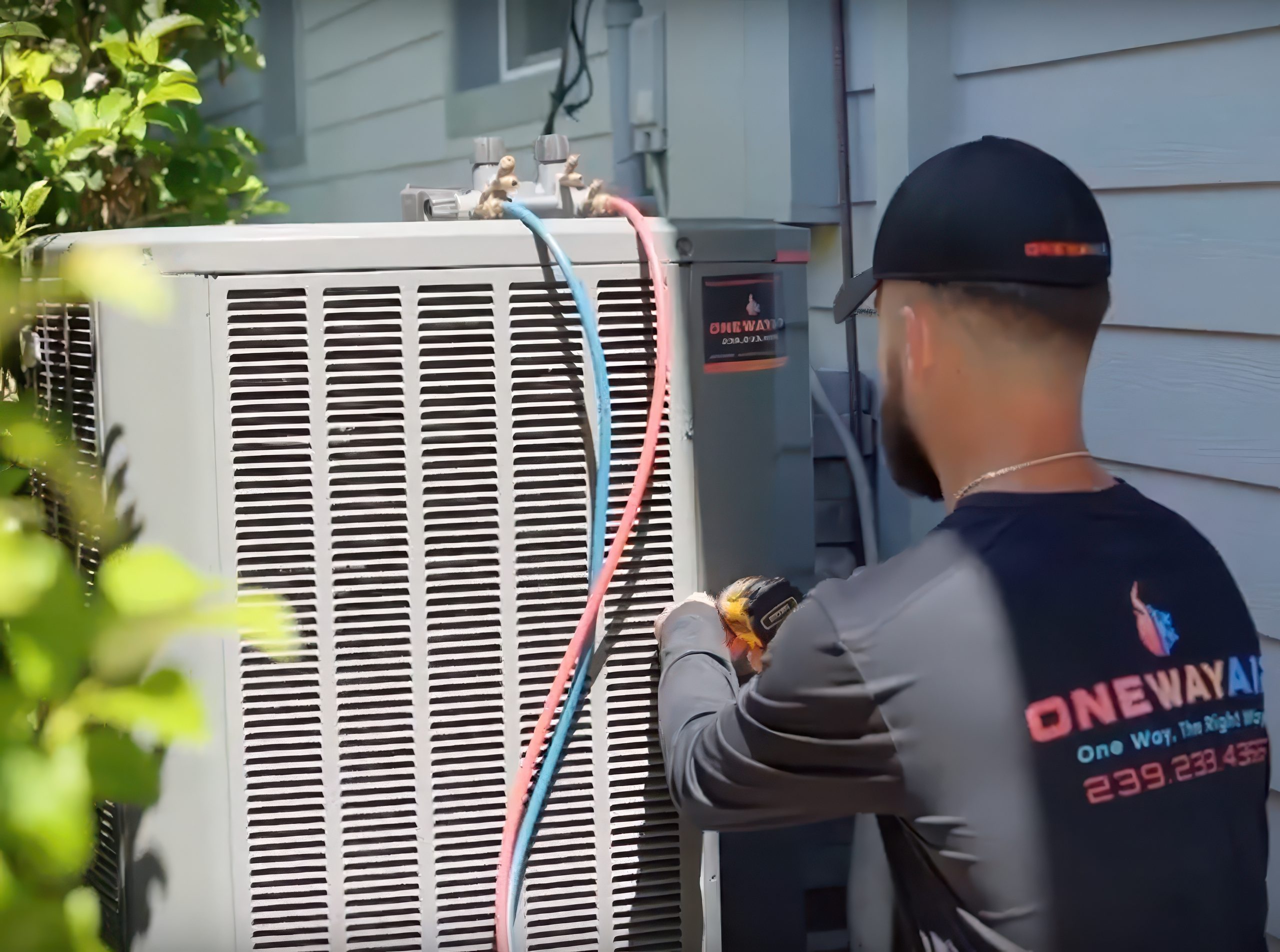You’re probably quite used to your home AC settings but what about airport air conditioning?
Many passengers complain about the thermal conditions in airports, so how do airport authorities maintain passenger comfort and energy efficiency through the HVAC setup? And what is the usual AC temperature for airports anyway?
Industry standards are set with various goals and guidelines for airports to follow. Let’s find out more about airport comfort standards and passenger climate control…
WHAT IS THE USUAL AIRPORT AC TEMPERATURE?
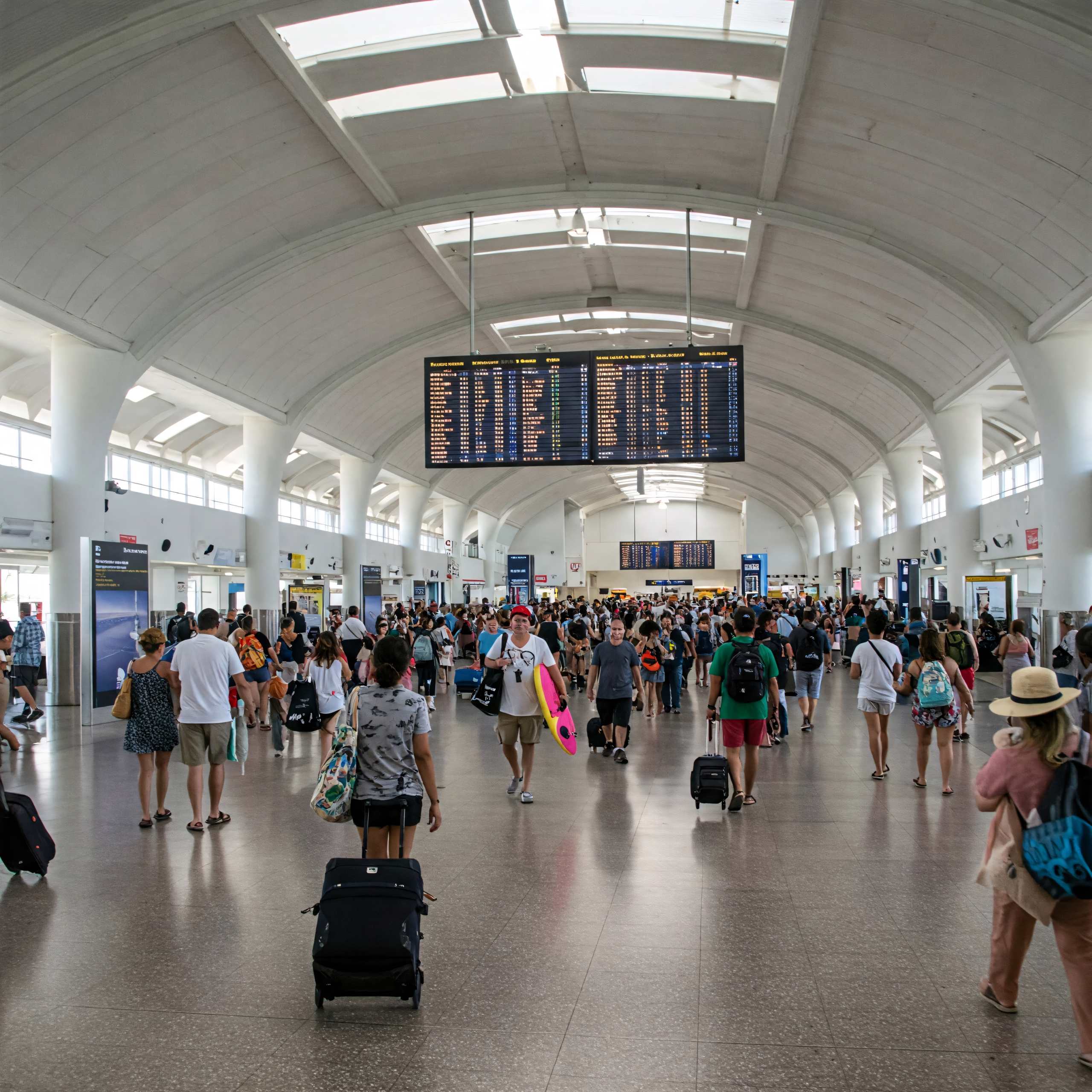
Airport AC temperatures are usually set at 73°F to 76°F (22°C to 24°C), which is a range often viewed as optimal by homeowners, too. This may vary slightly between airports, terminals, lounges, and gate areas as airport authorities must take into account the requirements of both passengers and staff.
STAY COOL ALL YEAR ROUND WITH ONE WAY AIR…
The team at One Way Air installs, services, and repairs all types of air conditioning systems in Southwest Florida. Get in touch with us here for a quote or call 239-233-4356 in emergencies.
CHALLENGES IN AIRPORT AC MANAGEMENT
Maintaining a consistently comfortable temperature in large open spaces used by varying volumes of passengers is a constant challenge for airports.
The challenges are exacerbated by sudden weather changes or surges in passengers, periodic problems with air quality, and terminal airflow management difficulties.
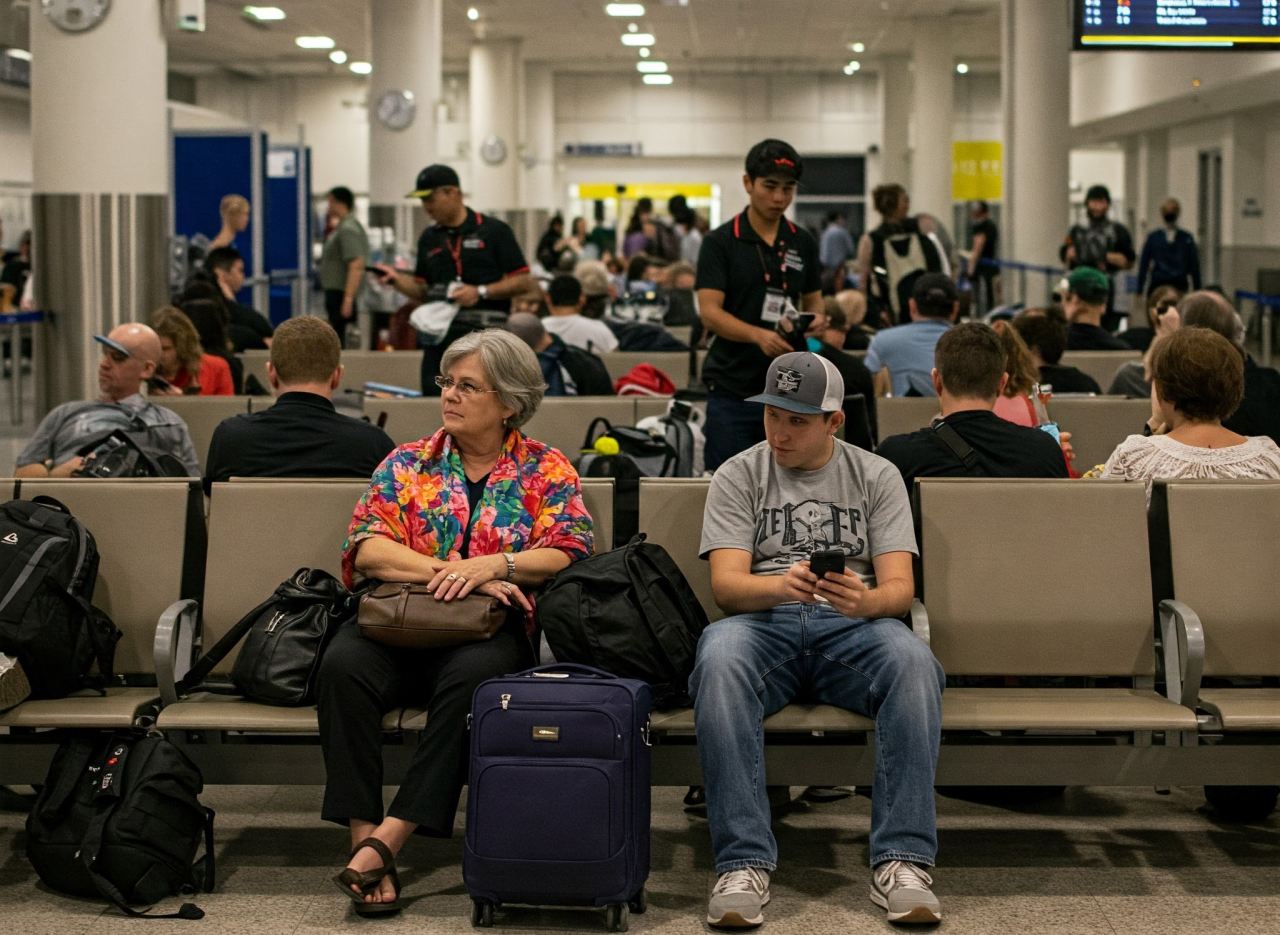
FACTORS INFLUENCING AC TEMPERATURE IN AIRPORTS
The 72°F to 76°F range is the typical average airport AC temperature in terminals around the country.
There may be seasonal adjustments in temperature settings as well as some variations between locations. Airport AC temperatures may also be affected by the following factors:
- Passenger density and the volume of foot traffic
- Architecture and materials (glass, steel, etc.)
- Local climate and geographic location
- Time of day and energy demand management
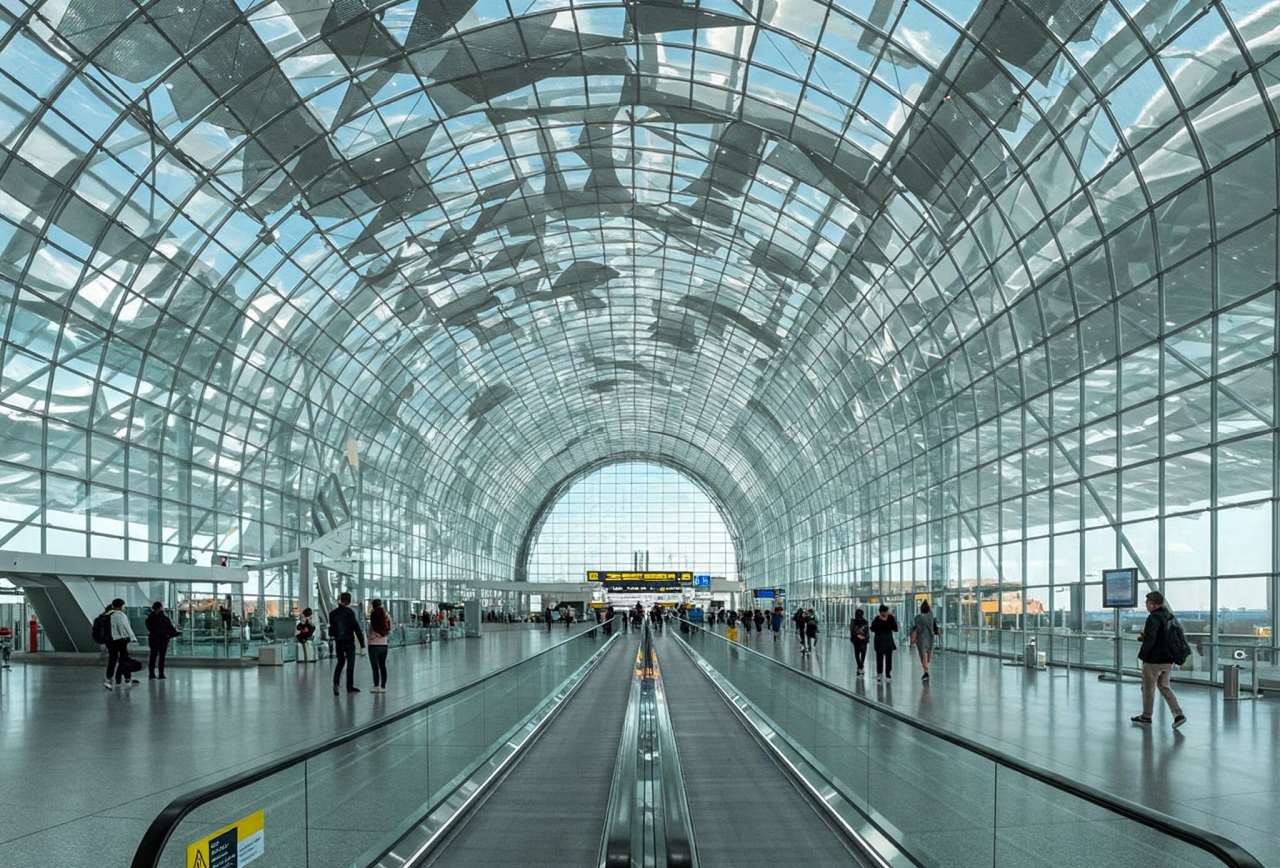
AIRPORT INDUSTRY STANDARDS
The American Society of Heating, Refrigerating, and Air-Conditioning Engineers (ASHRAE) and the International Civil Aviation Organization (ICAO) set guidelines for the air temperature in airports, though they focus on different aspects of temperature control.
ASHRAE sets thermal comfort standards for indoor spaces, focusing on the thermal comfort of the occupants within airport buildings, including terminals and other areas. ASHRAE guidelines influence the design of HVAC systems in airports and recommend the following ranges for temperature and relative humidity (RH):
- 73.4-78.8°F (23-26°C) in both summer and winter
- 30-40% RH in winter and 40-55% RH in summer
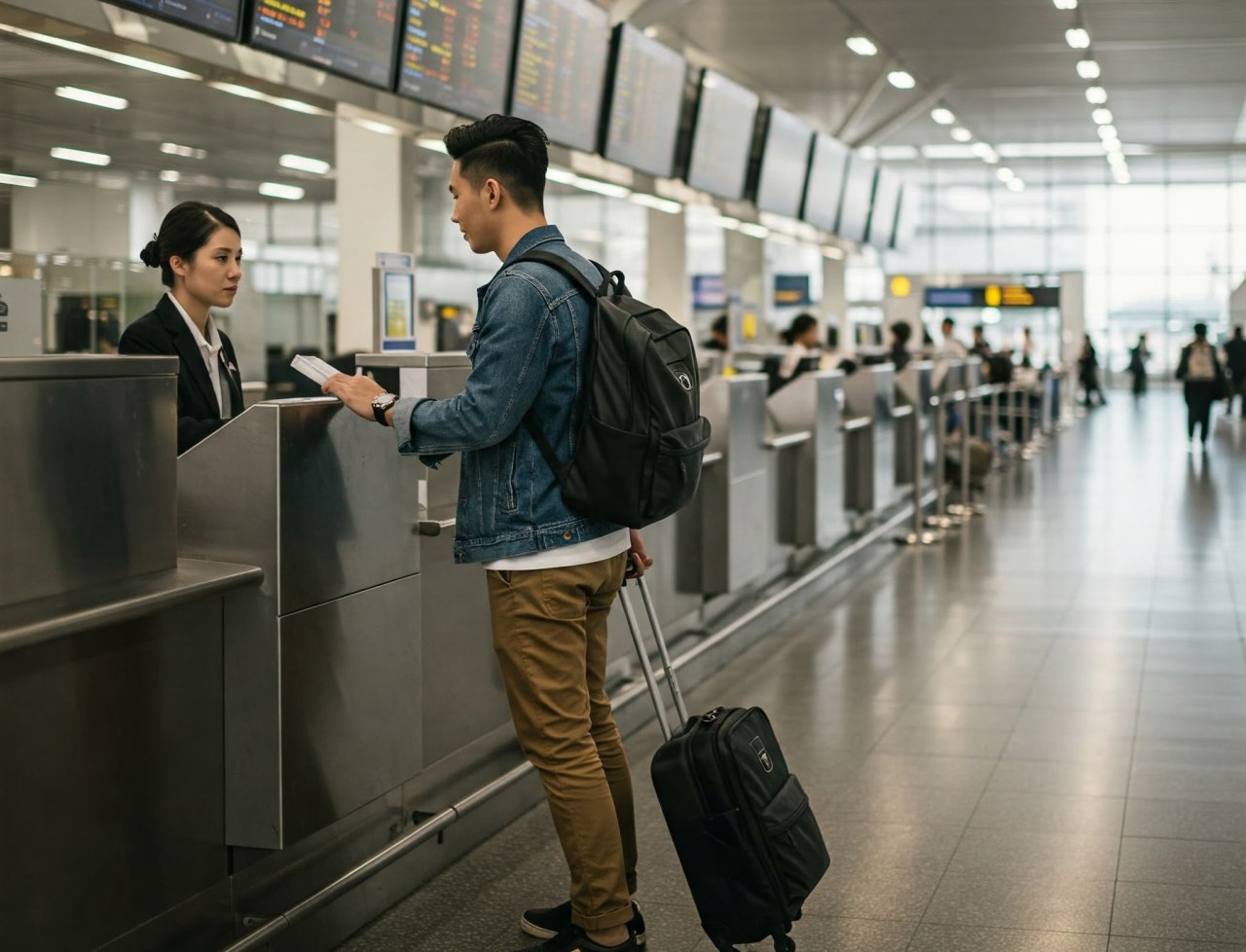
The ICAO focuses on aerodrome reference temperatures for aircraft operations. Its guidelines define the aerodrome reference temperature as the monthly mean of the daily maximum temperatures for the hottest month of the year. This temperature is used in aircraft performance calculations and other aviation-related planning, which is a different focus from the ASHRAE.
WHAT IS ASHRAE’S “STANDARD 55”?
Airports must balance comfort and operational costs while following ASHRAE’s thermal comfort standards for the insides of buildings.
ASHRAE has developed its Standard 55, titled “Thermal Environmental Conditions for Human Occupancy“. This internationally recognized standard defines the acceptable ranges of indoor thermal environmental conditions acceptable to at least 80 percent of occupants in a space.
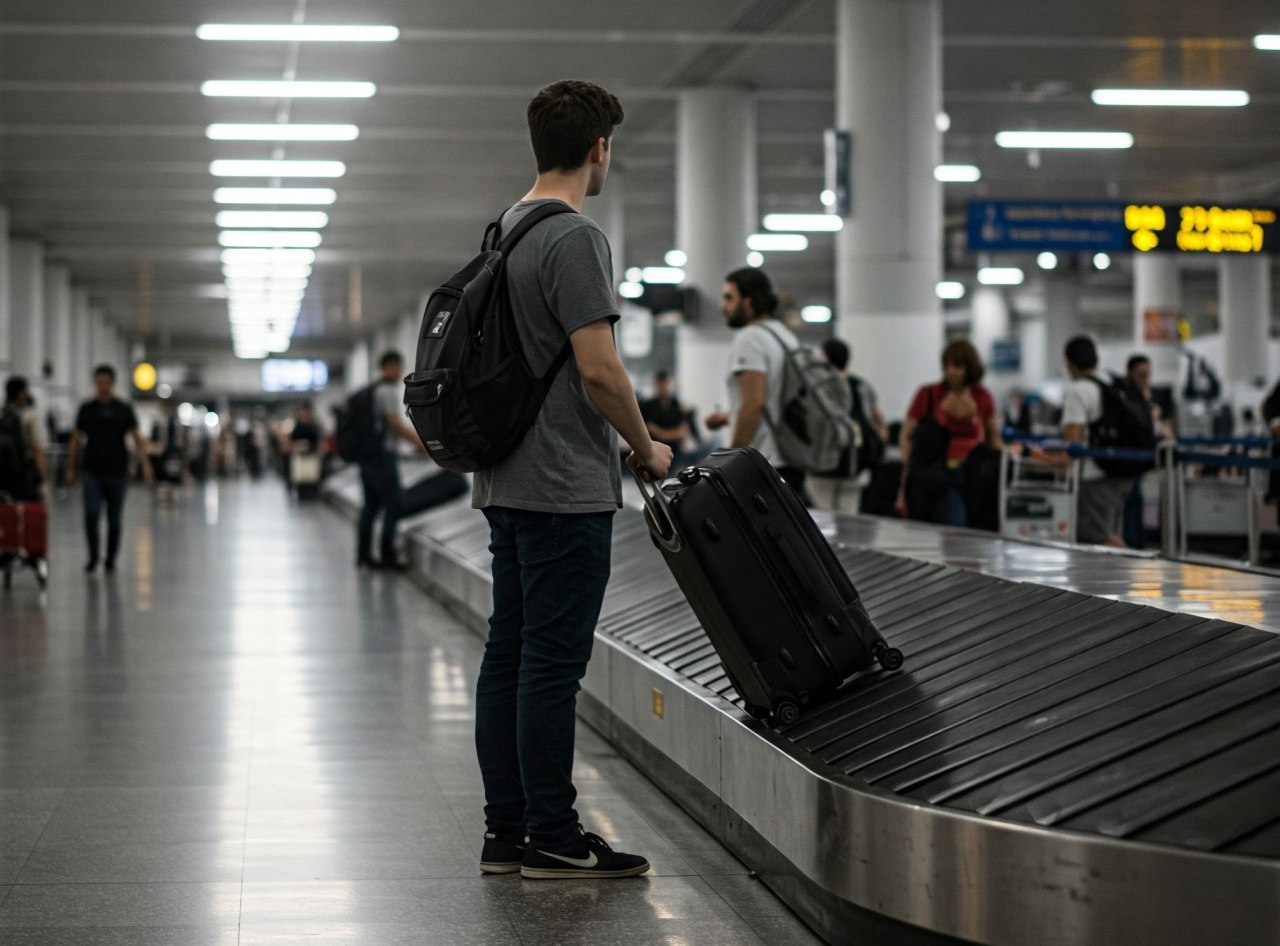
WHAT ARE THE FAA ENVIRONMENTAL RECOMMENDATIONS FOR AIRPORTS?
The Federal Aviation Administration (FAA) does not set specific temperature thresholds for the air temperature at airports.
However, the FAA does have HVAC policies that provide guidance and recommendations for managing the effects of temperature as part of airport planning, operations, safety, and environmental assessments.
The FAA also supports energy-efficient HVAC systems through grants and design guidelines.
AIRPORT COOLING SYSTEMS
Airport HVAC systems in the U.S. are far more complex than residential systems but may rely on broadly similar technology for the most part.
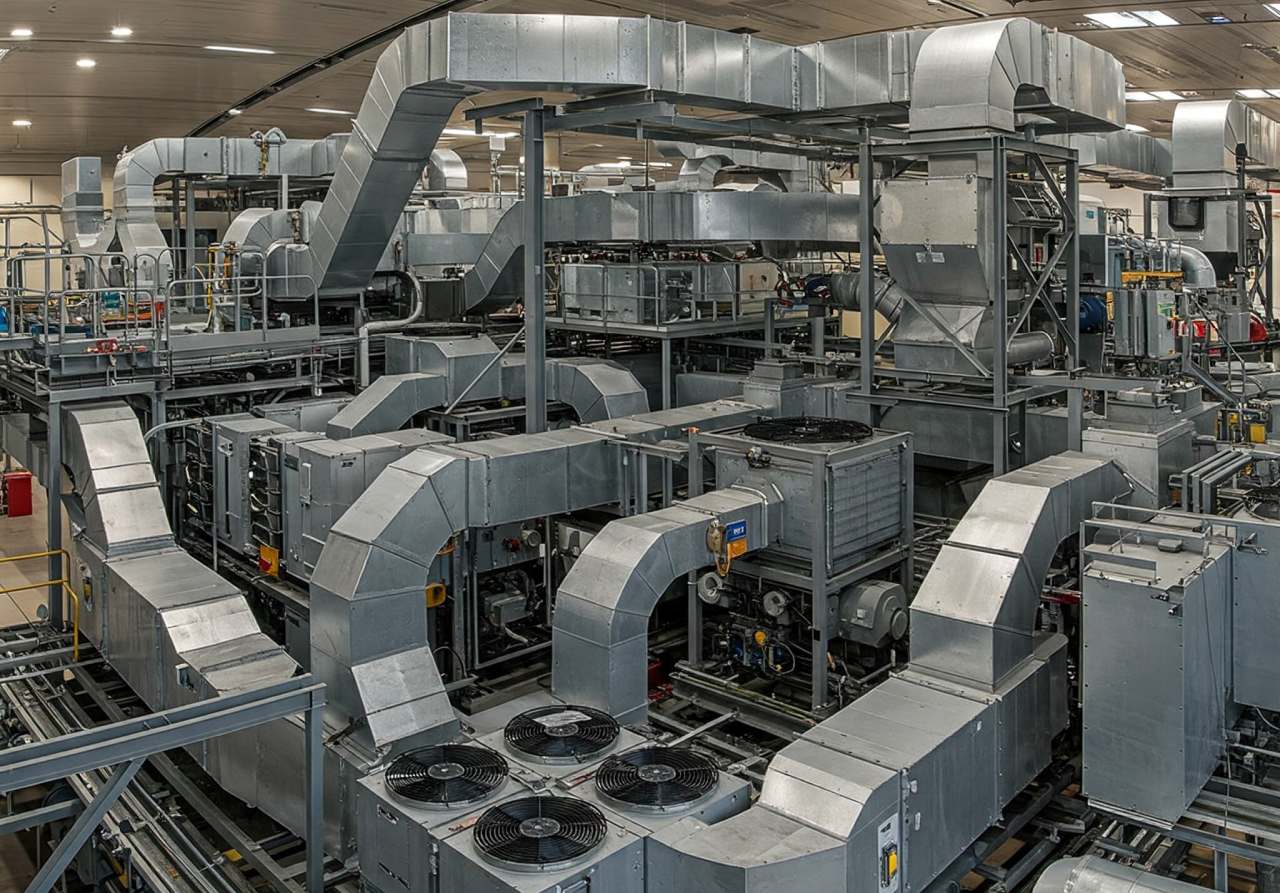
Airport cooling systems are commercial-grade and designed to handle large, high-occupancy spaces with varying loads and operational demands. They are typically centralized, energy-efficient, and scalable for different zones, such as terminals, concourses, jet bridges, baggage areas, etc. These systems are often integrated into the airport’s broader HVAC infrastructure.
The most common cooling systems used are:
- Central Chilled Water Systems in medium-to-large airports:
- Efficient for large-scale cooling.
- Centralized control and integration with energy-saving systems.
- Packaged Rooftop Units in small airports and remote buildings (hangars, fire stations, etc.):
- Quick installation and self-contained.
- Variable Refrigerant Flow(VRF/VRV) Systems for offices, administrative spaces, and areas with varied usage patterns:
- Enables zone-level cooling and high energy efficiency.
- More common in newer or retrofitted sections of airports.
- Preconditioned Air Units at gates:
- Deliver cooled (or heated) air to parked aircraft via the jet bridge.
- Eliminate the need for aircraft auxiliary power units (APUs), reducing fuel use and emissions.
- Can be air-cooled or water-cooled systems located in pits or on the bridge.
- Thermal Energy Storage Systems at some major airports:
- Provide cooling during peak times to reduce energy costs and grid demand.
- Dedicated Outdoor Air Systems
- Help reduce the cooling load by managing humidity before air reaches the terminal interior.
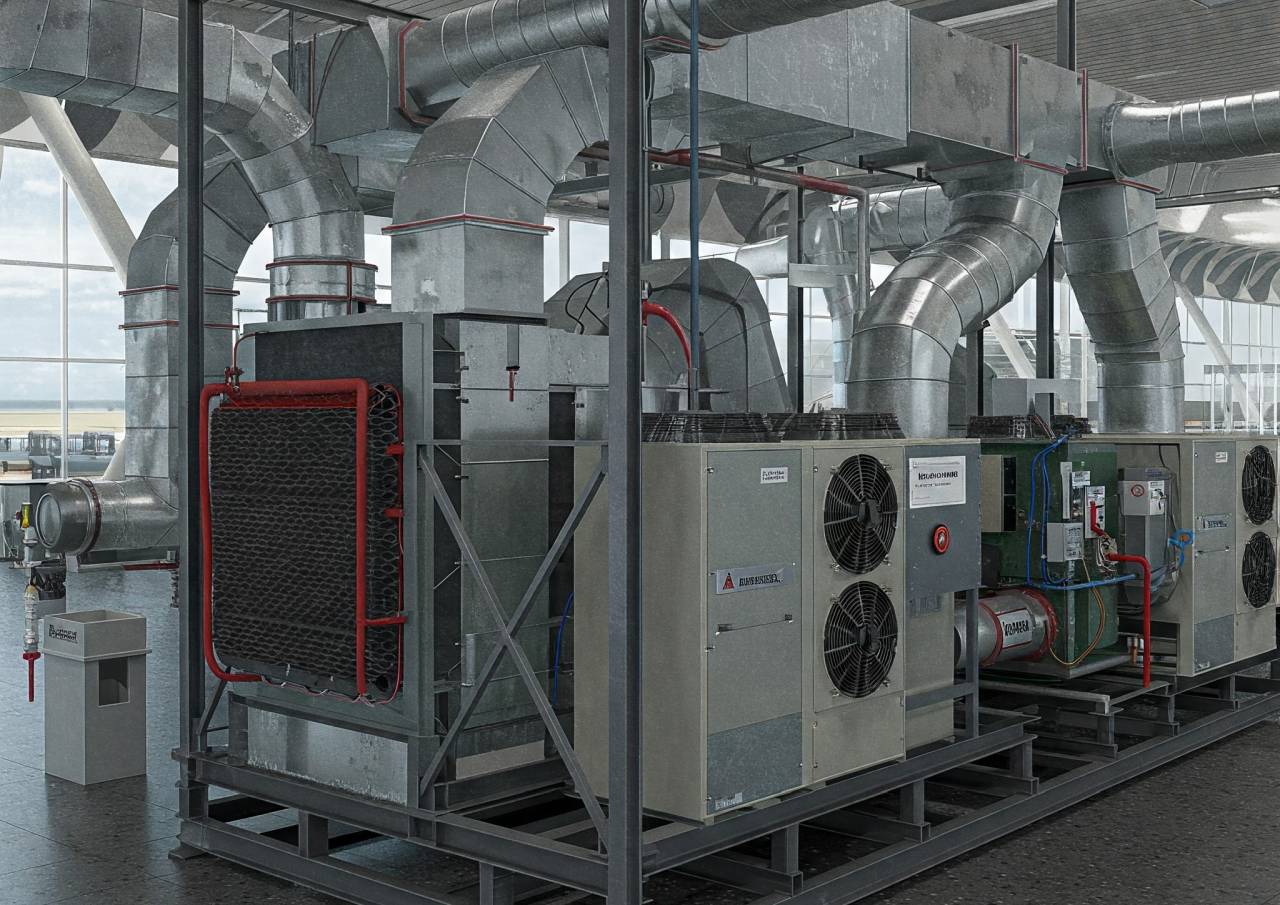
FUTURE TRENDS IN AIRPORT CLIMATE CONTROL
Increasingly, smart climate control systems incorporating sustainable, energy-efficient cooling solutions are used in airports.
The use of green airport technology, sensors, smart thermostats, and AI automation is driving the future of airport climate control, and we can expect to see further advancements in HVAC optimization in the future.
As more data and feedback about passenger experiences are gathered and collated, this will also help to shape smarter airport HVAC systems.
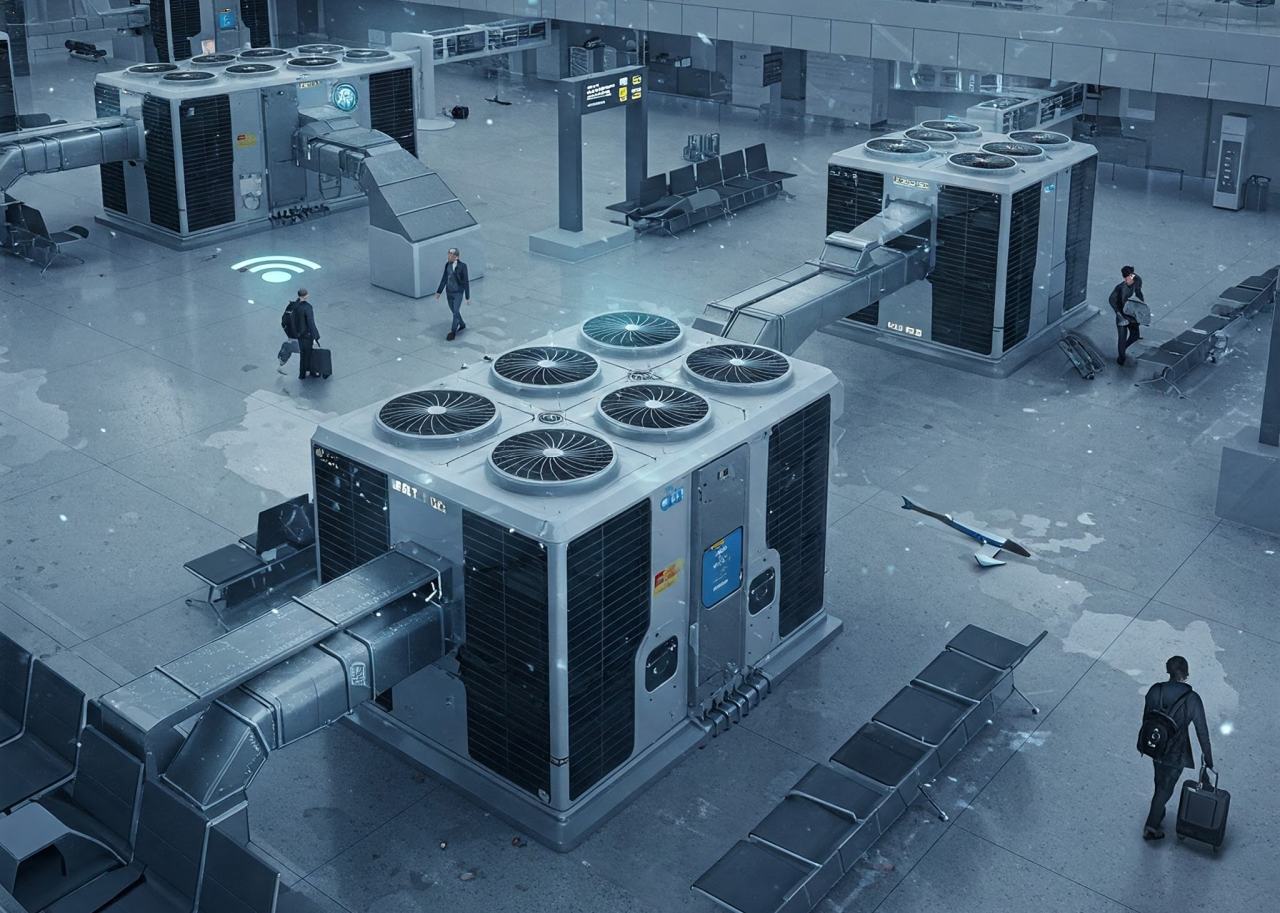
FAQs
Airports may feel cold to some people due to the air conditioning settings, which are designed to balance safety, hygiene, comfort, and energy efficiency. Conditions are designed to satisfy the needs of at least 80 percent of the people within the space but that potentially leaves one in five people who may feel too hot or too cold.
The US Department of Energy suggests that the best AC temperature is 78°F (25°C) in summer and 68°F (20°C) during winter but this will vary. In Florida, many homeowners feel comfortable with a summer thermostat setting a few degrees lower than the DOE recommendations.
While airlines typically aim for a comfortable temperature, there’s no industry-wide regulation for minimum or maximum cabin temperatures. The temperature is typically maintained around 71 to 75°F (22 to 24°C), which might seem cool to some people because they are generally inactive and sitting in their seats—but it is designed to promote passenger health.

GET YOUR AC TEMPERATURE SPOT ON…
Balancing comfort, energy efficiency, and sustainability is a constant challenge not only for airports but for residential homes in Florida, too. With AC costs so high in Florida, it’s essential to make smart cooling decisions.
Contact an AC professional at One Way Air for an inspection, AC tune-up, and HVAC efficiency tips today.

